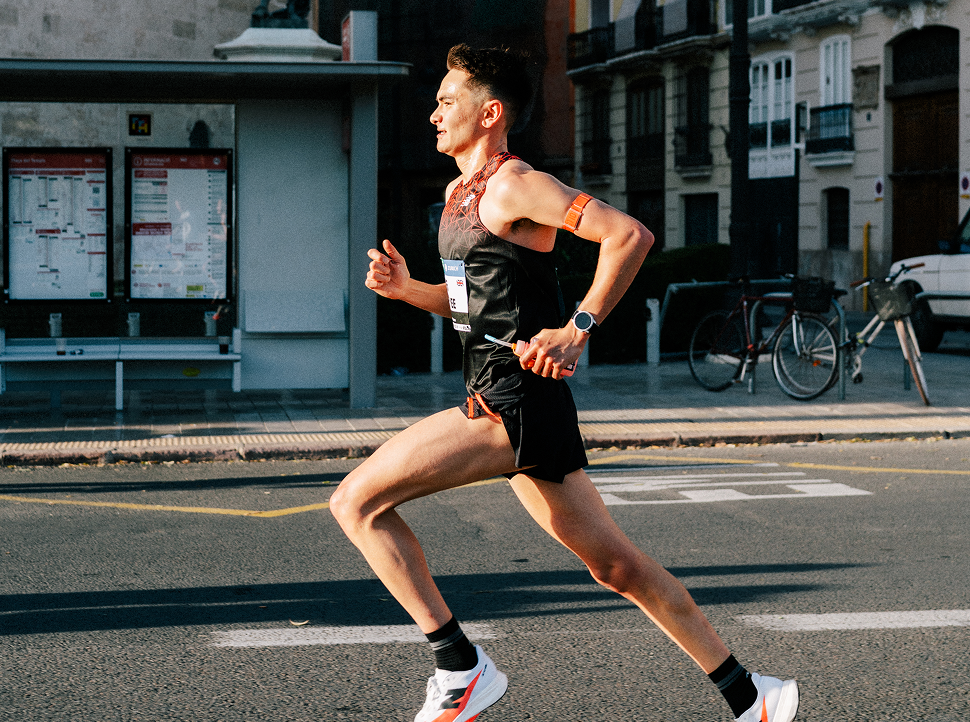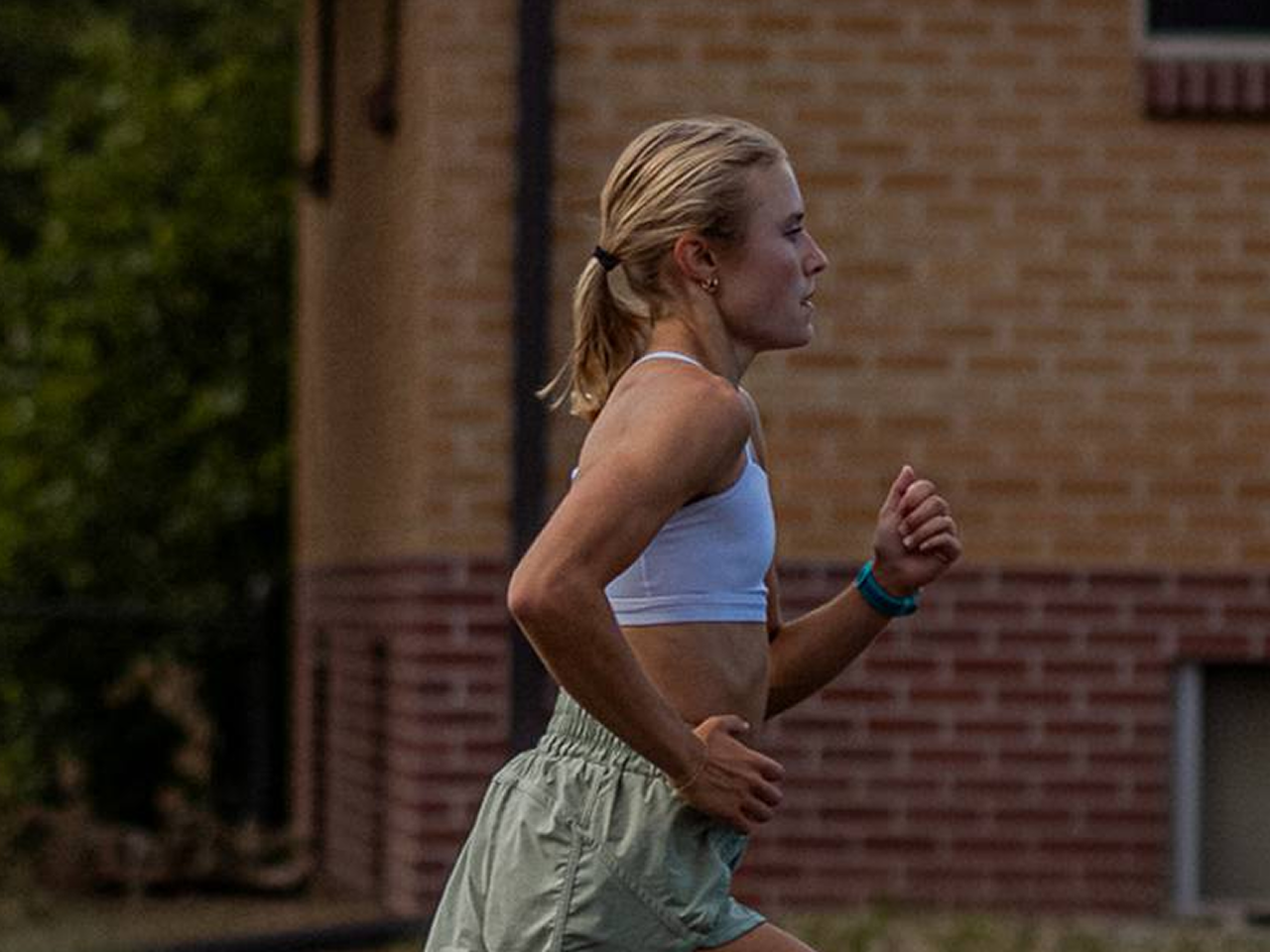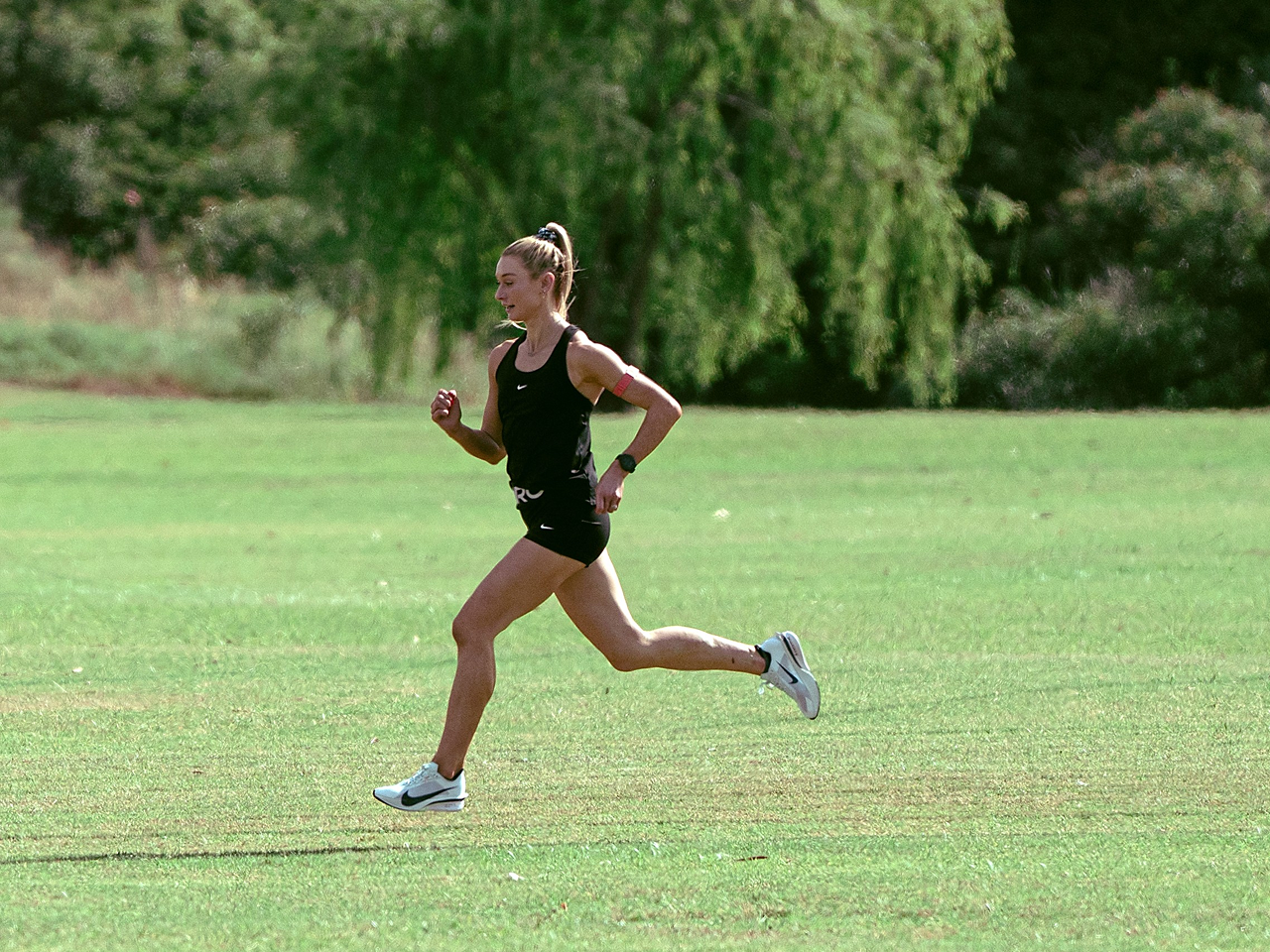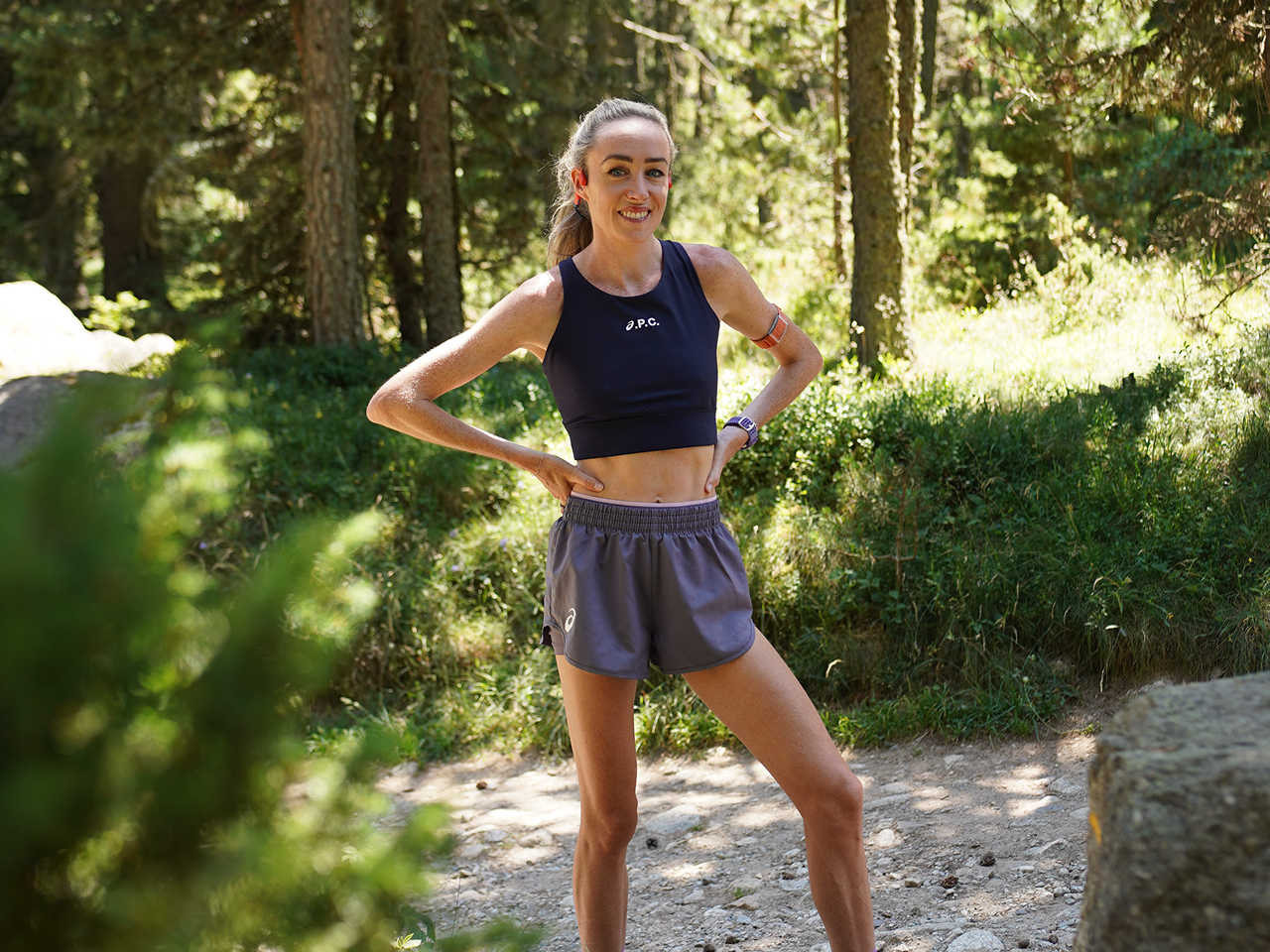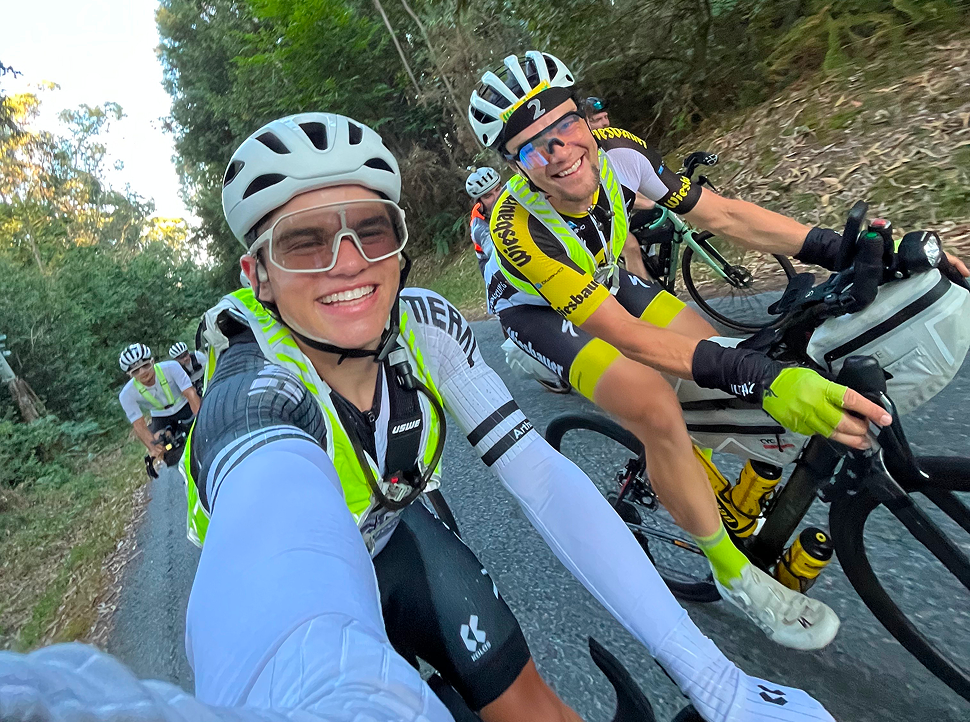The Defending Champion Returns
Jana Kesenheimer lined up in Santiago de Compostela with a clear goal: defend her title at the Transcontinental Race (TCR). After winning in 2024, she knew this year’s field would be deeper and faster. And it was. The 2025 edition brought together the largest and most competitive women’s group in TCR history.
But Jana didn’t overhaul her training. She didn’t chase marginal gains with tailored training for every section. Instead, she leaned on years of consistent volume. For an event that spans an entire continent, that kind of base is race-specific training.
At 31, Jana balances life as a post-doctoral psychologist in Innsbruck, Austria with a rigorous ultra-racing calendar. She’s been racing self-supported ultras for five years, and this was her 17th start. That experience showed.
What is the Transcontinental Race?
The TCR is a self-supported ultra-cycling race that stretches across the width of Europe. The current route begins on the Atlantic coast of Spain and ends at the Black Sea in Romania. Riders cross the Pyrenees, the Alps, and the Balkans, navigating their own route between fixed checkpoints. A defining moment in the race is the ferry crossing from Italy to Albania. It's a tactical and logistical inflection point that smart racers use to their advantage.
The 2025 race took Jana 12 days to complete. She used her COROS DURA to plan & track routes, monitor her power, and stay on pace. With 120 hours of GPS runtime and solar charging, it matched up perfectly with her ultra-endurance needs.
Planning Less, Recovering More
Jana approached TCR with a straightforward plan: sleep 4 hours per night until the ferry. After that, she’d cut back to 2.5 hours per night for the final 3-day stretch. She didn’t want to take risks. The plan was just to ride consistently, recover smart, and respond to the race as it unfolded.
Day 1: Big Miles to Start

DURA Data from Day 1
Jana opened the race with her longest day: 610 km in 26 hours. It was a strong statement and a practical decision. With an 8pm start, it makes sense to ride through to the next day while you're fresh. The early effort set the tone while others were still finding their rhythm.
Day 4–5: Momentum Swings

DURA Data from Day 4
By day 4, she was moving well, covering 467 km at an average of 25.1 km/h. But the flow state wouldn't last. Day 5 was an uphill battle, mentally and physically: just 296 km at 18 km/h. When reflecting on it, Jana said, "it just wasn’t a good day. My body still had to find its rhythm. I couldn’t eat well and had little strength that day." There was no time to sit back and recover, though. Day 6 included the Colle d'Assietta pass, a 70km stretch of rough gravel near the Italy-France border.
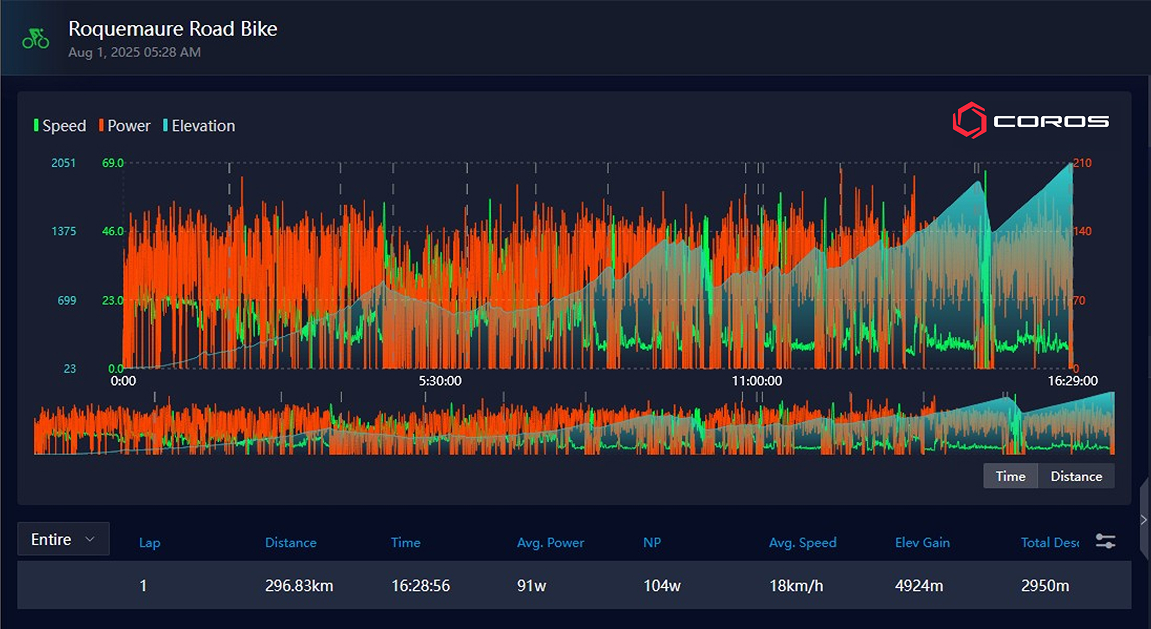
DURA Data from Day 5
Day 8–9: Tactical Recovery
Recognizing the fatigue, Jana eased back the intensity on day 8 and found some extra recovery day 9. After just 11 hours of riding, (compared to her usual 17-20) she was the first to reach the ferry. With over 5 hours until the ferry was set to depart, Jana used the downtime to recover. Before the boat even left the dock, she had a full meal and three hours of sleep. It turned out to be a strategic advantage, giving her more recovery than others who arrived later.
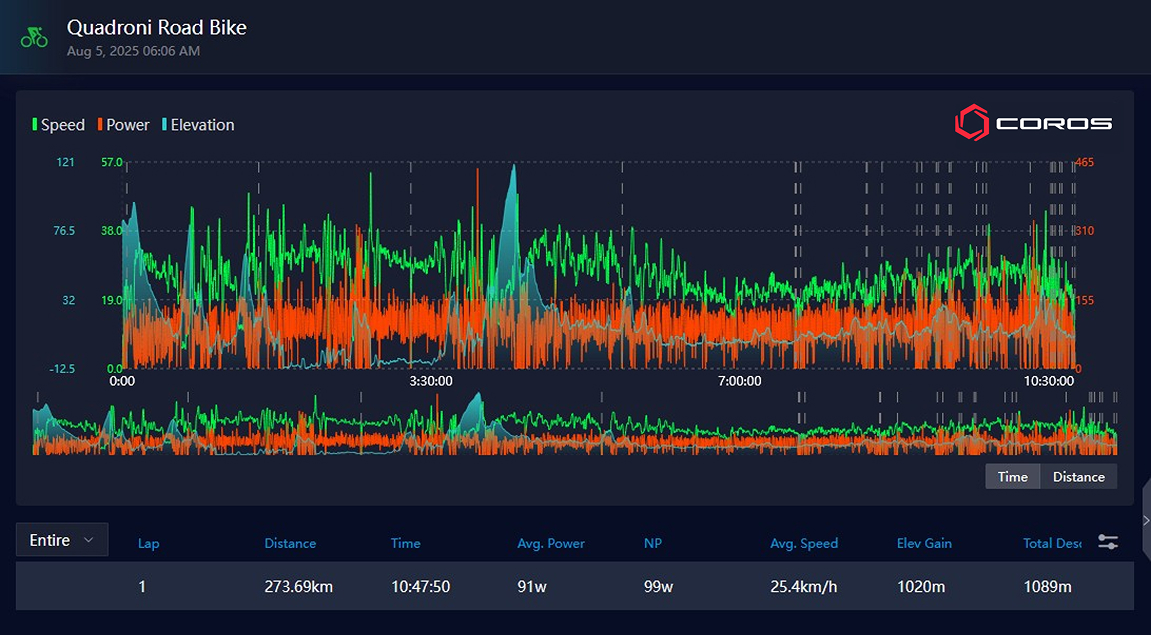
DURA Data from Day 9
The Final Push
From Albania to Constanta, Jana executed the second half of her sleep plan with discipline. Her main competitors were still close behind, some even pulling all-nighters to keep pace. Jana didn’t panic. "The plan from Albania onwards was to cut sleep to 2.5 hours per night. I stuck to that because I felt really well recovered, and it paid off – I set the fastest time from the ferry to the finish line Faster than the men!!"
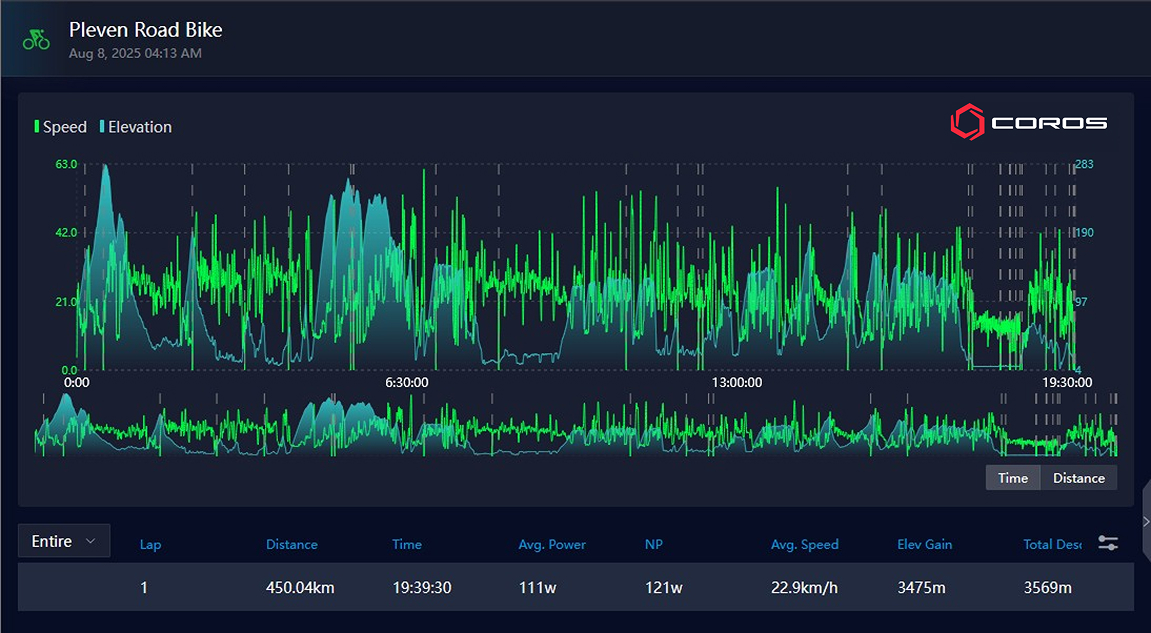
DURA Data from Day 12
The result? First woman across the line. Again. And this time, she was top-10 overall. In a race where the terrain, sleep, food, and pacing all matter, her experience gave her the edge.

/filters:quality(90)/fit-in/970x750/coros-web-faq/upload/images/e6b5283ffcf64c73c9099151284b509b.jpg)
